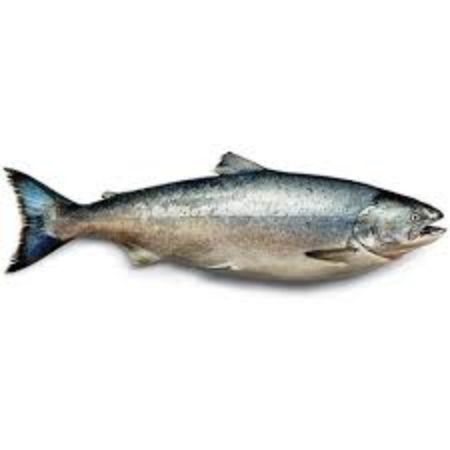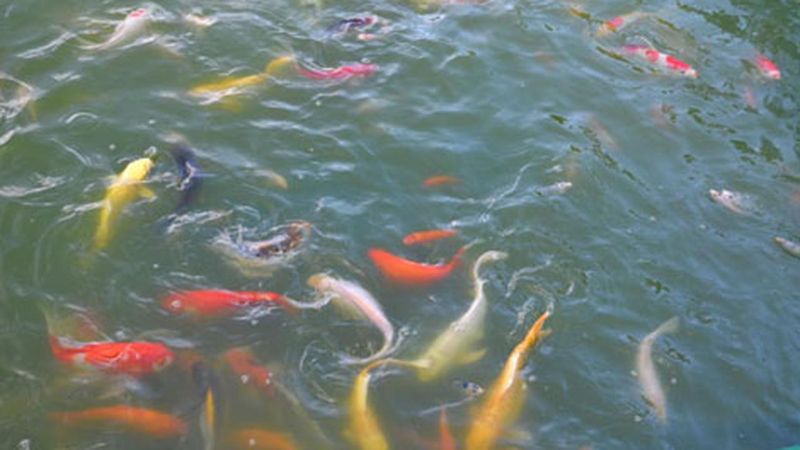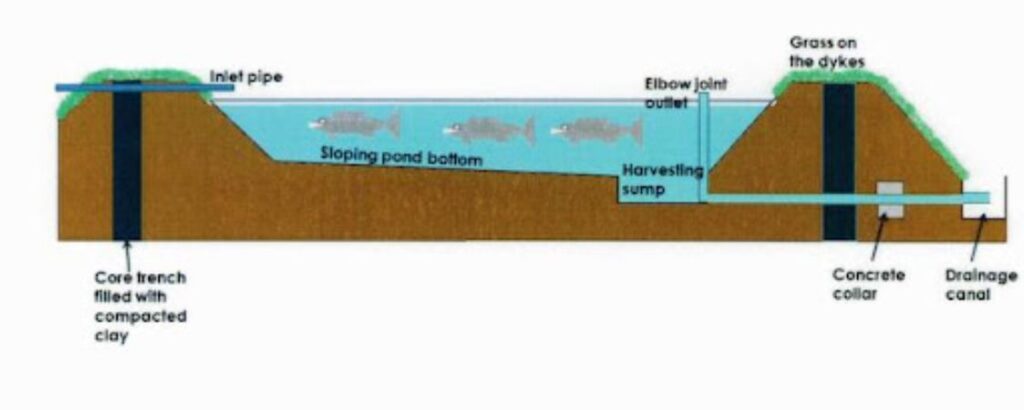
Pisciculture Business: Types of Fish, Pond Size, Fish Feed
No doubt pisciculture is a profitable business. If you are planning for a commercial pisciculture business, for sure you can make a lot from it. First, you need to study the market and understand the process of fish farming.
Proper planning is required for fish farming. If you go wrong on the first step, the pisciculture business may not give you enough return. You need to analyze the demand and supply of fish before you even begin planning. When you have complete knowledge about the local fish market and if you think you can grow in the local fish market, all you need is planning.
Types of Fishes for Pisciculture Busines
The type of fish you want to raise depends on the local demand. Once you examine the local fish market, you can determine which fish is best for the pisciculture business.
The most common and popular fish for the pisciculture business are as follows:
Tilapia
Tilapia is a profitable fish for the pisciculture business. It has a high market demand around the globe. There is no accurate size of the tilapia, it grows to the size depending upon its capacity.
Before buying Tilapia for the pisciculture business, you need to know certain things about this fish species. They are more resistant to diseases, so you need to take proper care and require intensive management.
The right temperature for tilapia fish is 28 to 30 degrees. And right diet is very important for this fish. They fed on a cereal-based diet.
Salmon
Salmon is also another common fish species for fish farming. They come in two types- Chinook and Coho. You can choose any type of Salmon.
But one important thing you need to keep in mind is that Salmon should be vaccinated. This will help in preventing Salmon from disease. Also, in extreme conditions, they need additional medical care.

Shrimp
Shrimp farming is an extremely popular and profitable business. This fish has a great market in Asia. You don’t have to put additional effort into shrimp farming.
With minimum investment, you can get profit. You can start small-scale or large-scale shrimp farming. Even a beginner can go with Shrimp farming because they are easy to manage.
Tuna
Tuna farming is a bit difficult than other fish farming because of its large size. These fish species are not just large in size, but they are also extremely active. So, you will need a large area with a big net pen.
Also, tuna farming is a bit expensive compare to other fish farming because they eat other fish so you need to spend on their food. However, though tuna farming is expensive, it gives good profit. So, if you are willing to invest a great amount in pisciculture, you can invest in tuna farming.
Ornamental Fish
Ornamental fish are colorful and expensive fish. Though the cost of ornamental fish is high, breeding is easy. Also, the demand for ornamental fish is high.
If ornamental fish are high in demand in the local market, you can start pisciculture with them if you are willing to invest.

Catfish
Catfish is another very profitable fish in fish farming. These fish species have high market demand because of their amazing health benefits.
Popular varieties of catfish are blue catfish, channel catfish, and flathead catfish. You can choose any one or all of them for the pisciculture business. And catfish are not very hard to manage.
Pond Location, Size, and Depth for Pisciculture Business
First, you need to select a location for pisciculture. The site you select for fish farming should have flat and low ground. Equally level ground is important for pisciculture.
The size of the pond depends on the fish you are planning to grow. Also, pond size depends on the number of fish you are planning to grow.

If you are rearing large-sized fish, you will need a significantly larger pond than the normal size. And if you are planning to get small fish, a normal size pond is required.
You cannot grow many fishes in one pond. Based on the quantity of fish you want to harvest, you have built a pond. So, do a study about the type of fish you want to grow before you plan to construct ponds.
A pond should be built with good provisions to collect rainwater. This provides the pond with fresh water. Each pond you build on the site should have this facility.
Also, depth matters while constructing the pond. Fish ponds need to have 8 to 12 feet depth so that fishes have space to settle during peak winter and peak summer.
Fish Feed in Pisciculture Business
The feed has a major role in the pisciculture business. Whichever type of fish you get for your pisciculture business, the quality of feed matters for growth and survival. Feed management is extremely important in pisciculture.
The fish feed should have the required amount of protein, carbohydrate, fat, vitamins, snd minerals. You can provide natural feed or supplement feed to fishes.
Natural feed is the best feed in the early stage. Natural feed for fishes are plankton, Wolffia, Eichhornia, Pistia, Lemna, rotted part of animal and plants, basal organic elements, and tiny aquatic insects.
Supplement feeds are rice bran, mustard pulse, wheat roughage, crop grain, green leaves of vegetables, kitchen leftover, and fish powder.
Dry and low moist fish feed needs to be store in a cool place, and you can store them for 3 months. And moist feed can be store only for one week and need to store in the freezer.
